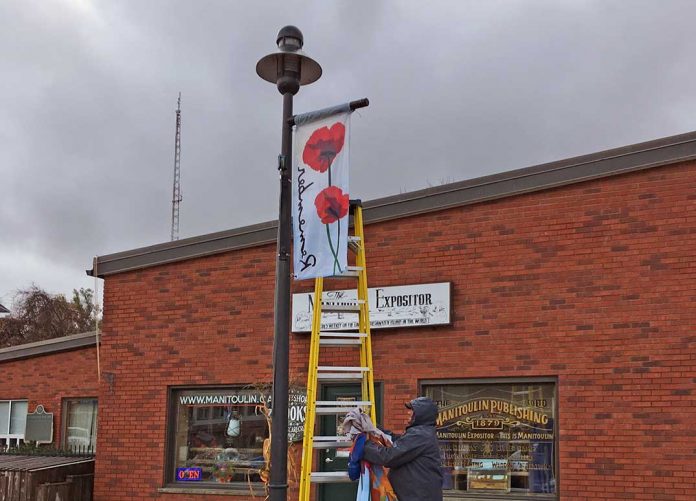Is climate change really “the end of the world”?
by Kristin Koetsier
Short answer: that depends how you define “world.” Climate change, along with other environmental problems, is pushing us into a mass extinction, such that we could lose much of the life on Earth.
While this may seem like a dramatic statement, the fossil record shows that such events are possible. In fact, there have already been five mass extinctions—periods of time with high extinction rates when Earth lost the majority of species that were present. All of these mass extinctions occurred before humans were around, and unfolded over the course of at least thousands of years. Though the causes vary and can be hard to pinpoint, they all seem to relate to relatively rapid climate change, to which it was difficult for species to adapt.
The rate at which extinctions are increasing today suggest this sixth mass extinction is unfolding more quickly. If we continue the way we are going, we could lose up to half of Earth’s species by the end of this century. And who’s to say how many more we might lose after that? If we consider rate of change alone, it seems possible that this mass extinction could turn out the worst one yet; often it’s not so much the change in conditions as the rate at which they’re changing that makes it too hard for species to adapt. If the worst past mass extinction wiped out over 90 percent of Earth’s species, that doesn’t bode well for the one we’re heading into.
In past mass extinctions, some life survived, and biodiversity eventually recovered—over the course of millions of years. The dominant life forms, however, had changed—for instance, the extinction of most dinosaurs is what paved the way for our current age of mammals. No one can say for sure what might happen this time, or even whether humans will survive to find out.
Thankfully, since we are causing the current climate change, we may still be able to prevent many extinctions by reducing greenhouse gas emissions, among other actions. We can also relieve other pressures on biodiversity by reducing other forms of pollution, restoring habitats and curbing invasive species.
No matter how much action we take, however, we’ll feel some effects, due to what we’ve already put into the atmosphere. Read next week’s query to find out what we may experience within our lifetimes on Manitoulin.
To get involved with local climate action, please attend a Climate Action Open House on December 2 at the Mindemoya Community Hall or December 4 at the Park Centre in Kagawong, both drop-ins from 7 to 9 pm.
Kristin Koetsier is the climate change co-ordinator for the Township of Billings and Municipality of Central Manitoulin.




